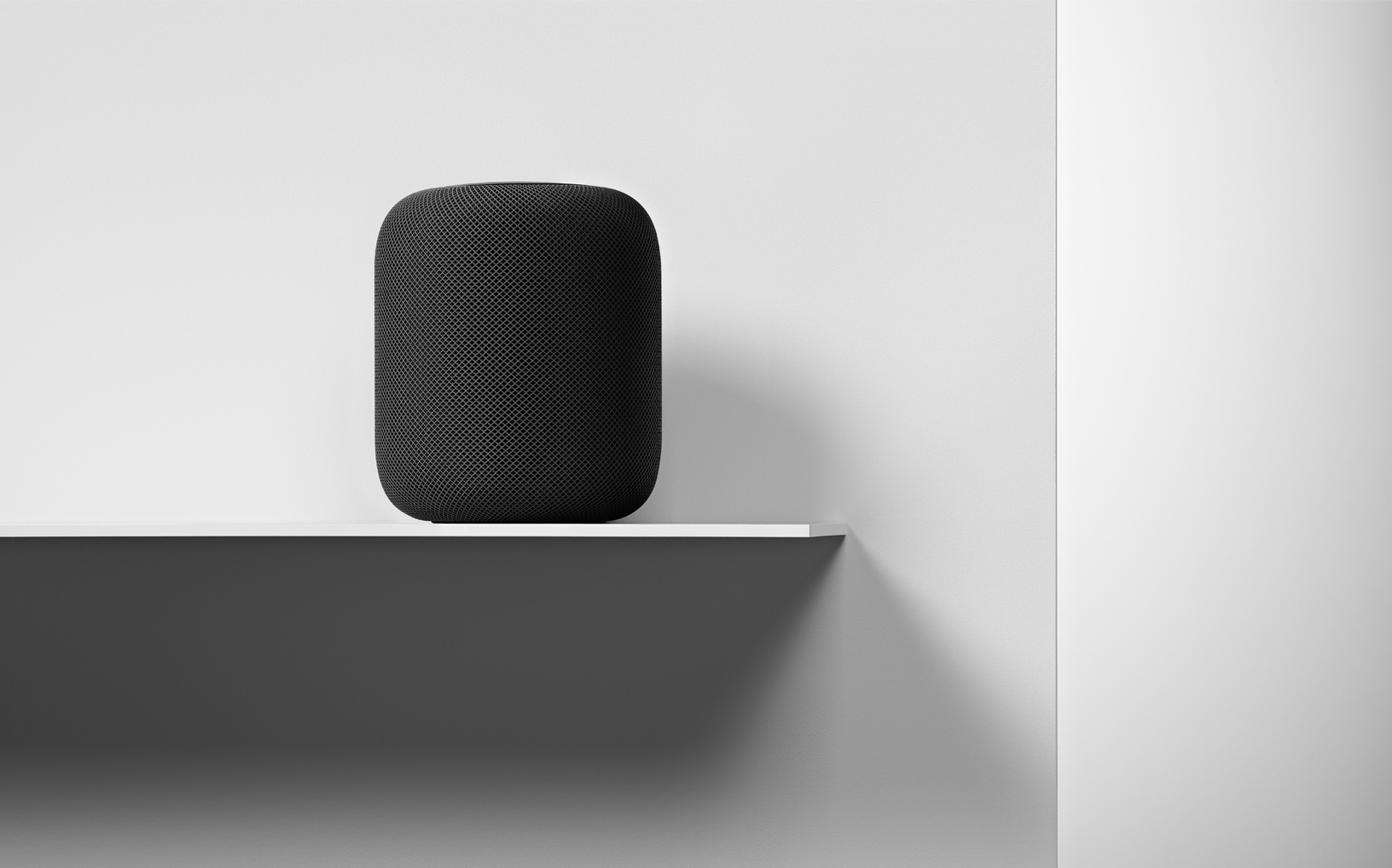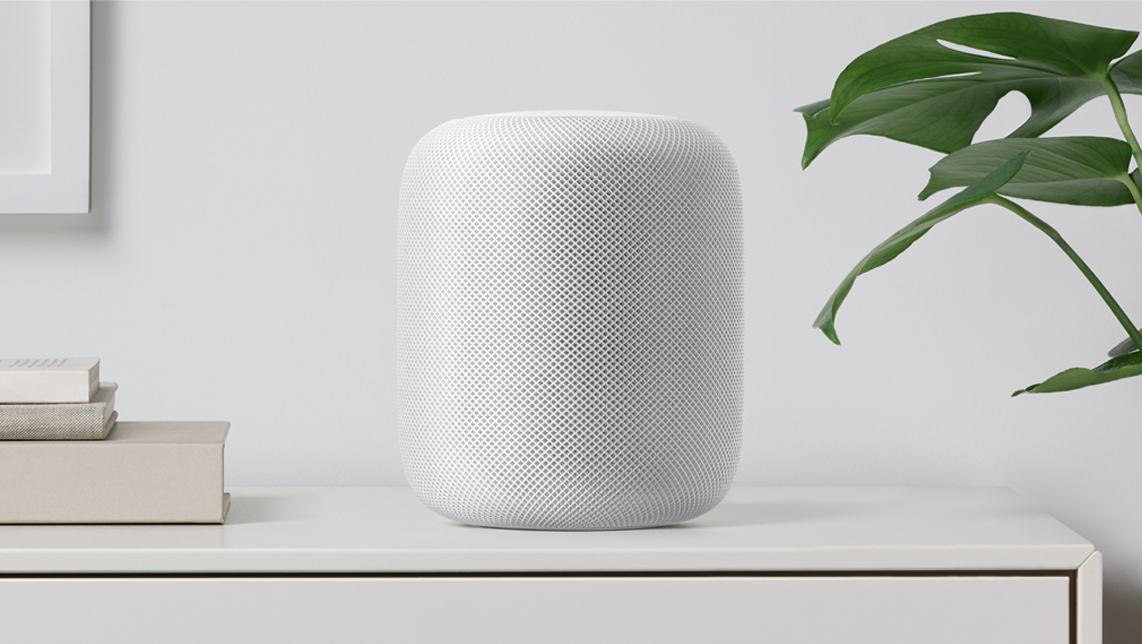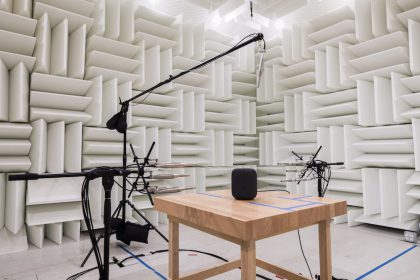The HomePod speaker is literally right outside the door. The first pieces will arrive to their owners already this Friday, and we have already been able to look at some of the reviews that have started to appear on the website in the last few hours. So far, the speaker seems to live up to everything Apple promised about it. That is, excellent sound quality and deep integration into the ecosystem of Apple products. Along with the first reviews, articles from foreign websites also appeared on the website, whose editors were invited to Apple's headquarters and were allowed to see the places where the HomePod speaker was being developed.
It could be interest you

In the images, which you can view in the gallery below, it's clear that the sound engineers left nothing to chance. The HomePod is really well made from a technical point of view, and the integrated technologies ensure that the listening experience is the best possible. The HomePod was in development almost six years and during that time, at various stages of development, he really spent a lot of time in sound laboratories. One of the main development goals was to make sure that the speaker played very well no matter where it was placed. Whether it is placed on a table in the middle of a large room, or crowded against the wall of a small room.
Apple's director of audio engineering says they've probably put together the largest team of audio engineers and acoustics experts over the years. They sourced from the most renowned companies in the audio world, as well as the world's best universities in the industry. Apart from the HomePod, other Apple products benefit (and will benefit) from this genesis.
It could be interest you

During the speaker's development, several special test rooms were developed in which the engineers examined various changes in the development. These include, for example, a specially soundproofed chamber, in which the ability to transmit sound signals around the room was tested. This is a special soundproof room that is part of another soundproof room. No external sounds and vibrations will penetrate inside. This is the largest room of its type in the US. Another room was created for the needs of testing how Siri reacts to voice commands in case of very loud music playback.
It could be interest you

The third room that Apple built during this effort was the so-called silent chamber. Almost 60 tons of building materials and more than 80 insulation layers were used to build it. There is essentially absolute silence in the room (-2 dBA). In this room the investigation of the finest sound details, produced by vibrations or noise, took place. Apple has really invested a lot in the development of the HomePod, and all fans of the company can be pleased to know that other products than just the new speaker will benefit from this effort.
Source: Loopinsight


